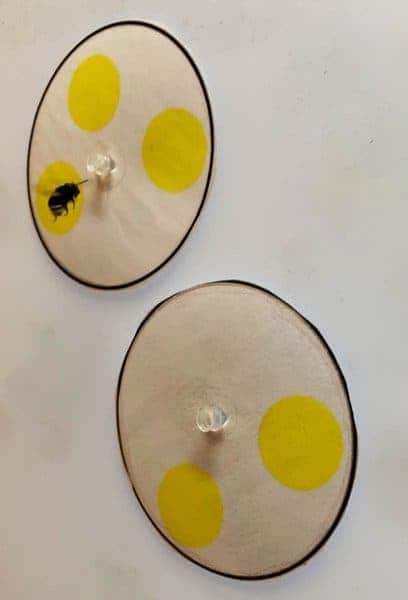If you were to look at two cups in front of you, you’d immediately know that they’re two. The “cup” part is not important — it could be balls, apples, chairs, whatever object that’s easy to see. The same goes if there’s three or four of them. But if there’s five or more, you have to count them. You don’t immediately recognize the number; you have to process it. According to a new study, this is hard-wired into our brains.

The human brain’s ability to comprehend and process numbers is a fascinating aspect of our cognitive function. But it’s also one we don’t fully understand. For instance, some researchers have speculated that there are two “counting” mechanisms inside our brain — one for smaller quantities, called “subitizing”, and one that’s actually counting.
“However, this idea has been disputed up to now,” explains Prof. Florian Mormann from the Department of Epileptology at the University Hospital Bonn, who carries out research at the University of Bonn. “It could also be that our brain always makes an estimate but the error rates for smaller numbers of things are so low that they simply go unnoticed.”
So Mormann set out to measure this.
At the heart of this study was a unique method involving single-neuron recordings from the medial temporal lobe of neurosurgical patients. Participants were tasked with a seemingly simple yet revealing activity: judging the parity (odd or even) of numbers presented in the form of dot arrays. This setup allowed researchers to directly observe and record neuronal activity in response to numerical stimuli. By focusing on a range of numbers, from small to large, the study aimed to uncover any potential shifts in brain processing mechanisms.
For up to four dots, participants answered quickly and accurately. They made virtually no mistakes. Then, for five or more dots things got tricky — the answer time grew the more dots there were.
But it gets even more interesting. The researchers looked at how different neurons fire when looking at a different number of dots. They found that some neurons fire primarily for two elements, while others fire for four or seven elements.
“However, the neurons also fire in response to slight variations in the number,” explains Prof. Andreas Nieder from the University of Tübingen, who was the other main author of the study alongside Mormann. “A brain cell for a number of “seven” elements thus also fires for six and eight elements but more weakly. The same cell is still activated but even less so for five or nine elements.”
But the biggest change seems to happen when going from four or less to five or more objects.
“There seems to be an additional mechanism for numbers of around less than five elements that makes these neurons more precise,” says Nieder.
The study “Distinct neuronal representation of small and large numbers in the human medial temporal lobe” has been published in Nature Human Behavior.






